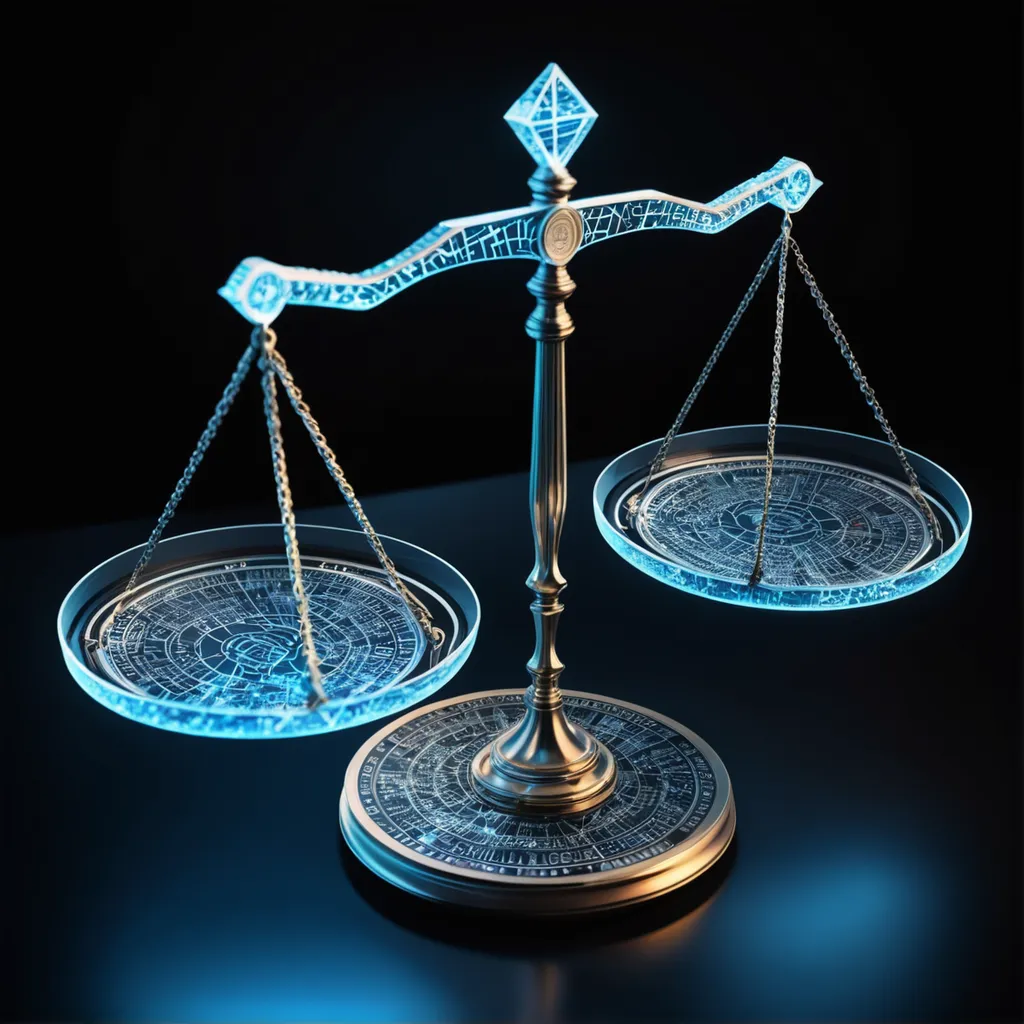Why Perfect Blockchain Fairness Is Impossible

- Fair blockchain transactions remain unattainable due to systemic limitations.
- New protocols like Aequitas and Themis offer cryptographic solutions to balance fairness.
A recent TradingView analysis, published on November 9, 2025, explored the challenges of achieving fairness in blockchain transaction ordering. The report emphasized how communication delays and the Condorcet paradox obstruct Receive-Order-Fairness (ROF), while reviewing protocols aimed at enhancing fairness within decentralized systems.
The inability to achieve perfect fairness arises from the manipulation of transaction order by privileged actors such as validators or block builders. This practice, referred to as maximal extractable value (MEV), undermines DeFi by enabling frontrunning, backrunning, or sandwiching techniques. Consequently, fair-ordering has become integral alongside other properties like consistency and liveness for blockchain consensus mechanisms.
The analysis highlighted how ROF—a fairness standard reflecting transaction receipts’ order across the majority of nodes—is unattainable. This stems from network communication delays and the Condorcet paradox, which shows how collective transaction ordering can create cycles even if individual nodes maintain consistent orders. Such cycles hinder a universally fair transaction sequence.
The report assessed existing solutions for fair ordering. Hedera Hashgraph approximates ROF using median timestamps from nodes, but this approach is vulnerable to manipulation. A malicious participant can alter timestamps and bias transaction order since the method depends on permissioned validators instead of cryptographic assurances.
To address ROF’s limitations, the Aequitas protocol introduces Block-Order-Fairness (BOF), classifying conflicting transactions into small batches when the Condorcet paradox arises. These batches are then ordered using deterministic tie-breaking techniques. While this approach achieves BOF, it has high communication complexity and compromised liveness guarantees, limiting its overall scalability.
Themis refines Aequitas by improving efficiency and scalability. It preserves BOF while employing techniques such as Batch Unspooling and Deferred Ordering to maintain system performance during transaction conflicts. Enhanced versions, including SNARK-Themis, leverage cryptographic proofs to simplify communication complexity, scaling from quadratic to linear growth—making the protocol more practical for extensive networks.
The TradingView report concluded that perfect fairness is theoretically unattainable for distributed systems. However, progress in cryptographically verified protocols like Aequitas and Themis represents substantial advancements. By embedding provable fairness directly into blockchain architecture, these innovative systems offer a more robust foundation for the future stability of decentralized finance systems.
As of November 9, 2025, 16:08 UTC, Hedera (HBAR) is trading at $0.174, reflecting a 0.815% increase in 24-hour trading volume, according to TradingView.
Get real-time crypto breaking news on Unblock Media Telegram! (Click)
Recommended News
Crypto’s $31K Valuation Questioned: Experts Clash Over Layer 1 Network Effects

Blockchain Gaming's Evolution: "Call of Odin's Chosen" Brings On-Chain Transparency to GameFi

EU Eyes Sweeping Crypto Rules as IMF Flags Stablecoin Risks

Monad Mainnet Goes Live: $269M Token Sale Powers High-Speed Blockchain

50% of Bitcoin’s Realized Cap Now Driven by New Whales






